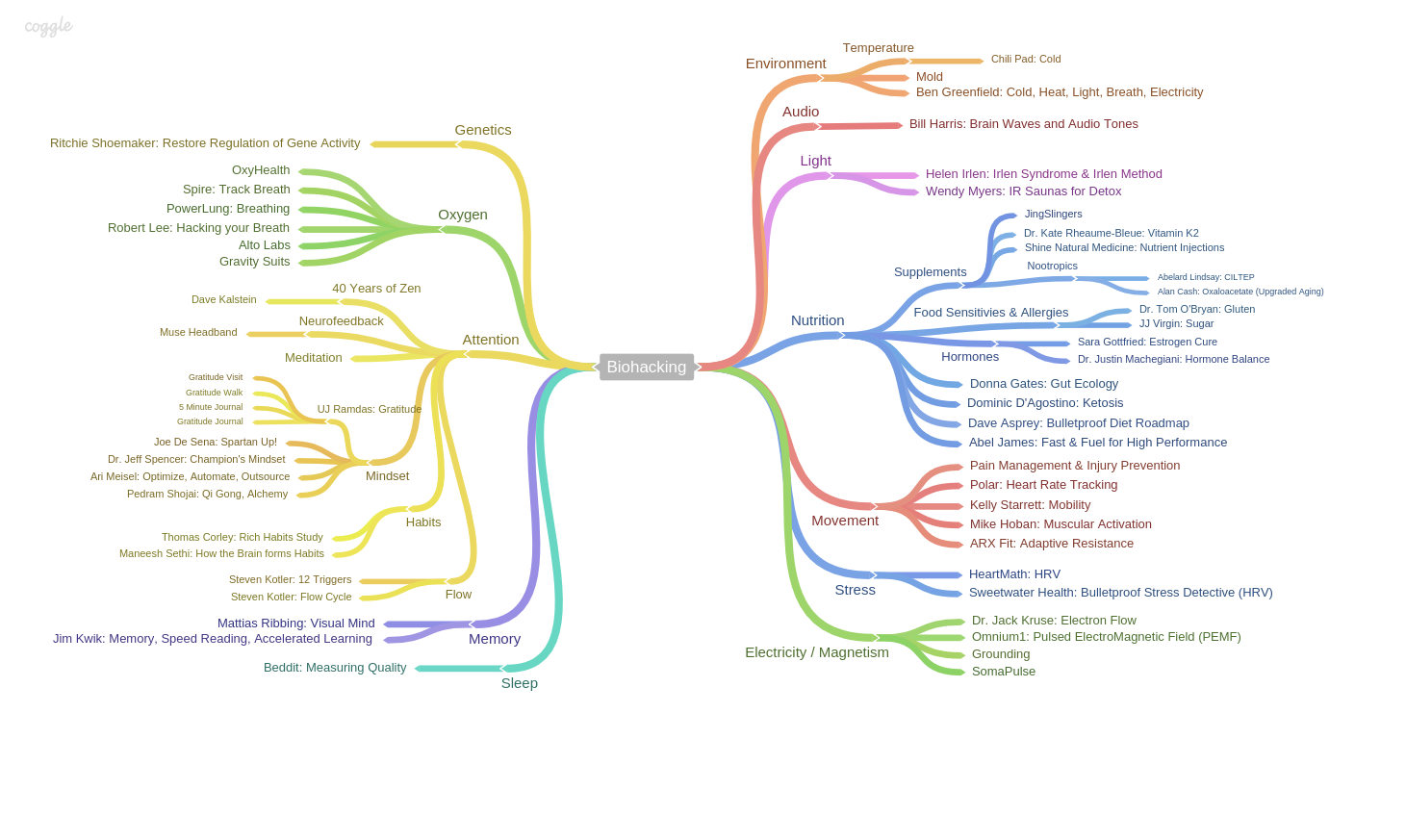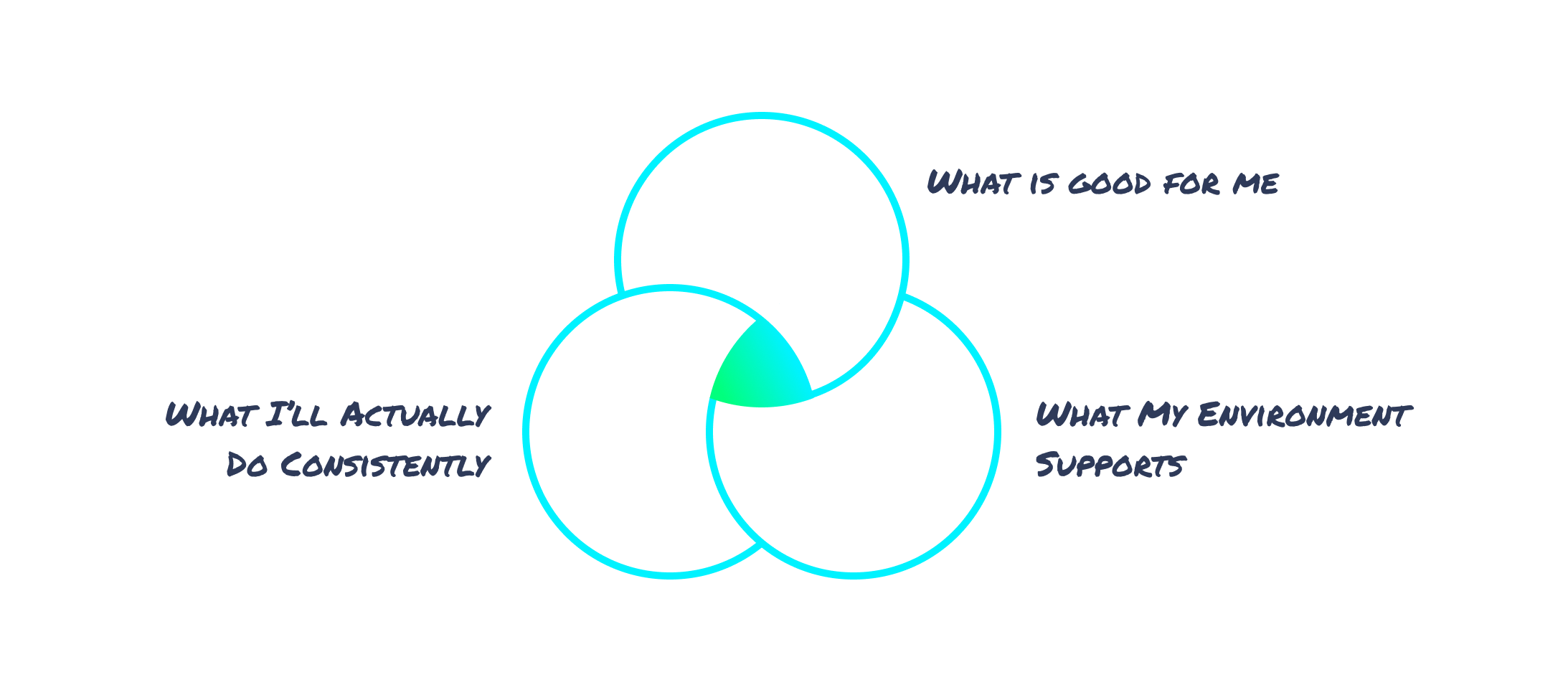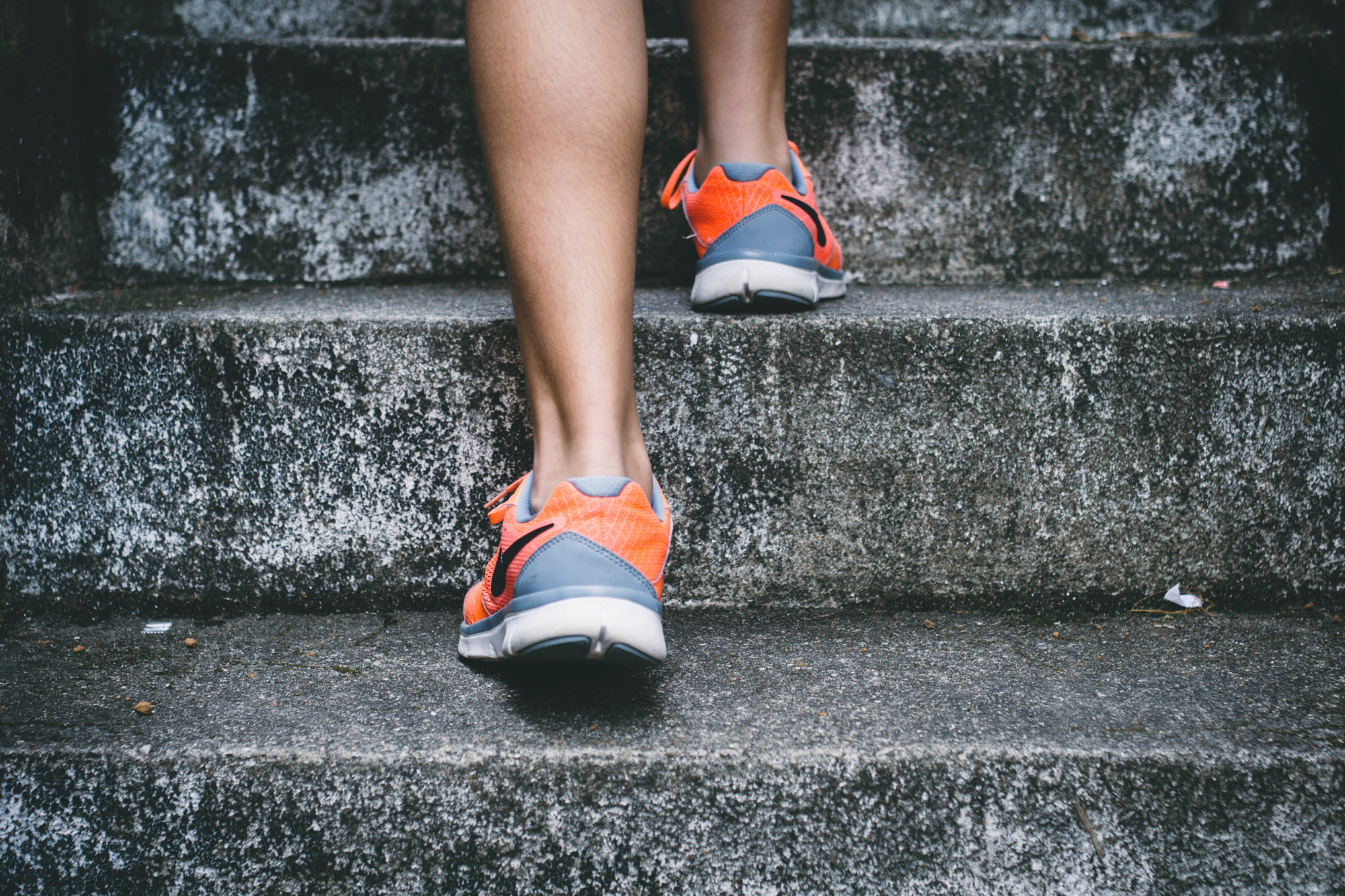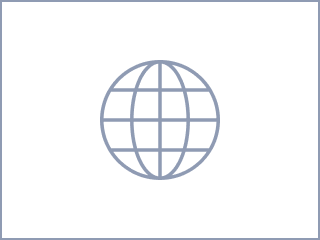Find out how you can lord over your well-being rings.
Three bullet takeaway
- Biohacking, wellness, and wellbeing are poorly defined terms that marketers often use to obscure selling a product, more often than not a supplement, device or a generic protocol.
- Personalisation, iterative testing and individual evidence (from research to me-search) are vital in organising your well-being journey.
- You need a framework and a process. We take you through it and define the recipe for a successful outcome.
In this article, you’ll learn:
- Where to start
- How to understand and prioritise your well-being goals
- The common product-pusher traps
- How to have an intuitive framework
- How to use evidence and experiment.
Biohacking and self-actualisation are all the rage. Various schools of thought are already waging full-scale war along the usual carnivore/vegan, mindfulness/quantified self and other dividing lines. Recent public health events have underlined an elementary truth – we cannot outsource our health journey, and nobody’s going to “fix our healthspan; we simply need to take control. Unfortunately, most of us are poorly equipped to do so, mainly due to a lack of appropriately structured information and motivation.
This journey is further complicated because we now spend a lot more time at home, searching for answers. Of course, social media has caught onto this, and two broad schools of thought are emerging.
Connected Consumers and Quantum Hippies
The “Connected consumer” school of thought (or Quantified Self, because you can only manage what you can measure you see, you see) is pressing ahead with integrating various insights that we spray while we walk around and go about our day and is looking to deploy an as of yet unformed AI to harness them into a neat action plan that will make wellbeing a breeze.
The idea of monitoring yourself and making ongoing changes is compelling.
And indeed, while some practical new protocols are coming out of Garmin, Whoop, Oura and more recently, Apple and Amazon, and for the average person, they bring intuitive awareness, which is very good.
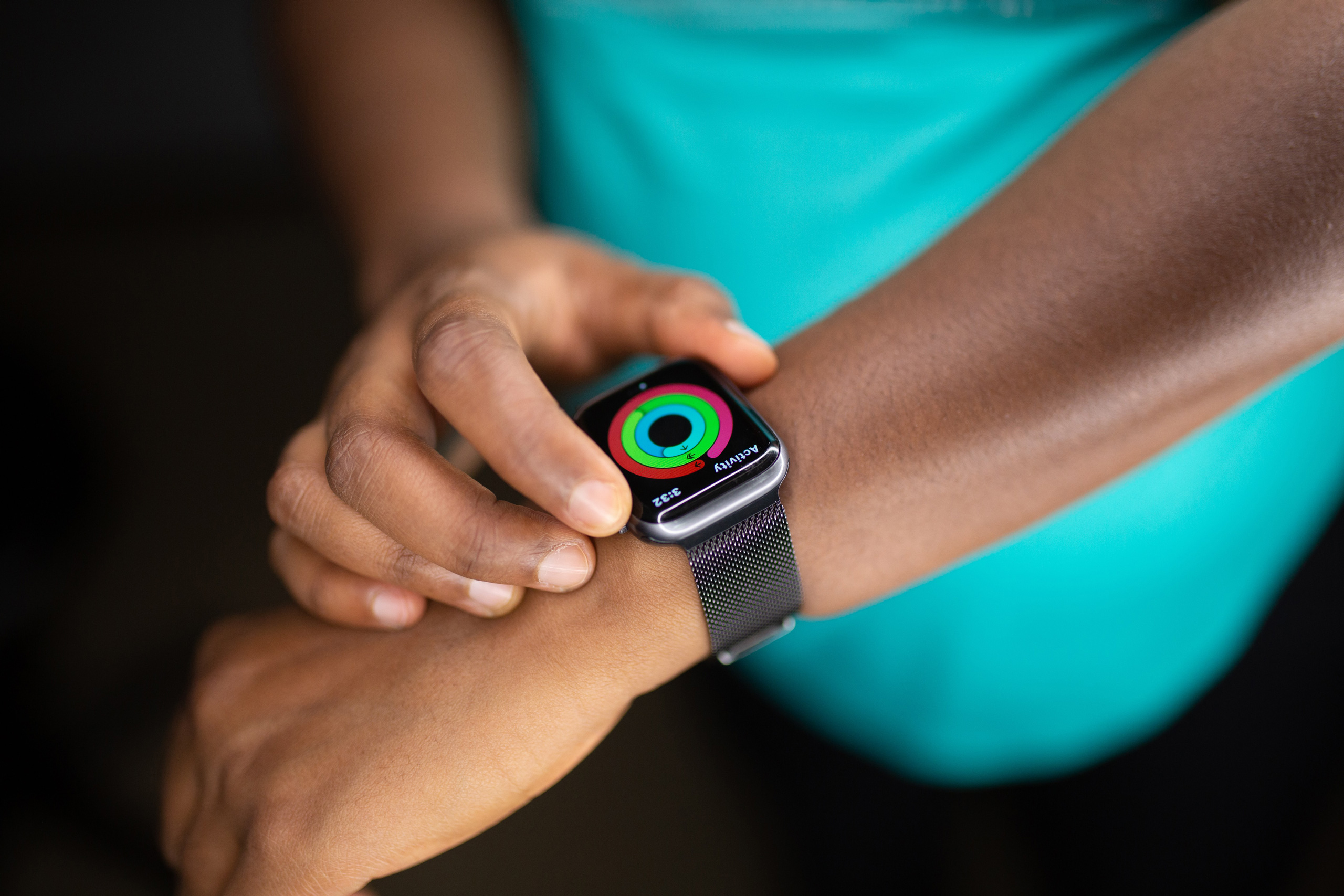
Unfortunately, sooner or later, the watch/ringbearer in our story graduates to the “so what” school of philosophy and craves insight and actionable advice instead of an elaborate data dashboard. (A random “move” and “breathe reminder doesn’t count.). And there, the CC/QS school is found wanting.
Furthermore, at an extreme, the resultant “healthism” (the fetishisation of anything and everything deemed healthy), and a preoccupation with the personal erodes our capacity for coordinated community action. Gentle reader, please consider awarding points for how we connected the innocence of self-tracking and the erosion of societal norms.
The “Quantum vibration” school of well-being (another name I entirely made up) calls all this a waste of time because the various interconnected systems of the body have too many reflexive relationships to be managed only with numbers. Information is wholly inadequate at present to even begin to describe the various critical processes of the body. Therefore, we should all tune in on what’s inside and use that to guide us to optimal healthspan. A very enticing concept for various reasons, one of which is the total lack of a measure of objective progress.
Just ask anyone who’s tried a sleep tracker and quickly learned of the limitations of using technology to manage complex and very personal processes. Example: you woke up feeling like a million bitcoins, but the tracker gave you a poor sleep rating due to the arbitrary deep/REM pick up due to your putting your hand under your pillow, and your day is now ruined).
So we turn inward, grow hair where we perhaps shouldn’t and proceed to self-actualise by being at one with the universe, generally annoying people at dinner parties with our profound bullshit. That self-actualisation can be a powerful placebo, however, and tends to bring some balance to one’s life mainly through adopting some Buddhist and stoic truths that are as old as the hills. A bonus is the notion of the vibrating bodies in the universe, which is a fantastic source of joke material for people of my mental disposition.
But before you conclude that we disfavour the Quantum Hippies, consider the robust evidence on our health of something critical, intuitive and completely unquantifiable: the strength of our relationships. Longevity and happiness are more a function of our community and purpose, not the kilometres run and broccoli decimated. How’s that for a vibrato bombshell to reorder our cosmology?
So, where are you on the healthist- quantum hippie continuum? That will inform a lot of your disposition to wellness. And that very question is where the Kalibra journey began.
A middle-aged man dons lycra and buys some gadgets.
The scores were on the doors – 40 years old, three knee injuries and one autoimmune issue in the backpack, still in denial about which side of the peak I was on (which seems to be a fallacy anyway). I was ready for the second mountain and would cushion my inevitable midlife crisis in the strong nest of a health of steel and the mental purity of an iceberg.

Appropriately conditioned by the requisite podcast/literature combo, I took the plunge: bought the smartwatch tracker, joined a particular church of nutrition (yes, we put our politics on a plate these days), and performed one or more of the usual initiation procedures:
- I bought some supplements without a specific deficiency or overall protocol, just based on “it’s good for you” – likely not hitting the particular needs that I had been unaware of anyway
- I used an app to pretend to meditate
- Became conversational on vitamin D/sunlight/infrared, linked that to a recent virus outbreak for extra kudos,
- I picked an argument with an overworked friend/young parent on the importance of sleep while recruiting the relatively unmeasurable concepts of “deep sleep” and “REM sleep” to establish dominance, while myself getting sleep anxiety from a borrowed Oura ring, which I used to verify the fidelity of my Apple watch sleep tracking.
- Eventually donned a giant Garmin Fenix 6X at work (the sheer size of the watch just screams “Athlete”), bravely virtue signalling that I have shelled out a developing country’s annual GDP for a piece of plastic and glass because data.
- I overexerted myself to achieve a vanity-based exercise milestone, understanding the exponential relationship between age, injury risk, and bragging rights.
Congratulations! I was now a biohacker, a Digerati, a quantified self aficionado, with full Instagram rights thereunto pertaining.
Perspective - is this all a cruel joke?
The eastern European conspiracist in me often suggests that I have unconscionably subscribed to what one might speculate is a giant Silicon Valley inside joke on the rest of humanity. One can almost imagine Dave Asprey, Tim Ferriss, Ben Greenfield and Joe Rogan getting together in their private cold plunge pool and discussing what to make us do next – shine infrared light in our noses or elsewhere, go all in on being superhuman, surfer vibration/blood restriction therapy, stick ashwagandha vapourisers in our ears (I made that one up), and, of course, some brutal new body smash protocol, all the while chasing our tails and putting our face into the information geyser of “wellbeing”.
And we buy it all in, this humble author included, by the way. We embrace the FOMO, face the suck, spend our hard-earned kasheesh and proudly post on the interwebs our latest advancement for all to marvel at. Now, you have to hand it to the pros – nothing can quite beguile and inspire a budding biohacker like something like this:
Can’t read or understand any of this? Exactly. And lest you take the above as a slight overdose of sarcasm, none of it is necessarily wrong or harmful. Rather the opposite – we’re investing in our well-being, and being conscious about it. Most of these things are harmless (monetary depletion notwithstanding), and at least a good placebo effect can help. The problem is that anyone who is looking for an evidence-based, scientifically rigorous answer to the question “What is biohacking and is it any good”, may soon be tempted to declare peak wellness or, on the flip side, declare it bullshit.
And they would be wrong.
Recipe vs ingredient list
Here’s the real issue – the butterfly approach sarcastically described above is unlikely to succeed for the regular person. Why not?
Well, unless one already has a personal trainer, assistant, driver and chef, the effect of lifestyle/stress and the rest of the protocol will be impossible to disentangle. But also, because even if you hit the target that you hadn’t defined in the first place, you wouldn’t know. Why not?
Because you need an objective definition of success. There is no universal measure of health, just an absence of disease. And even that’s ephemeral – cue the doctor’s joke that there is no such thing as a healthy person, just an incompletely examined one.
The lack of a measurable set of outcomes/KPIs means we fly like a kite in the wind from one fad to another, beset by FOMO and always searching for ways to meditate while journaling on self-actualisation and breathing through only ONE nostril after a stressful ice cold shower. And that chaos, while maybe a net positive, (it keeps us away from screens and sugar, after all), eventually overwhelms our willpower, and we simply revert to the way we were before this whole thing started for us a few months ago. And in any case, a little while after, we discover that the original goalposts shifted a few times (keto to vegan, low fat to low carb, steady state to HIIT). And that’s a shame.
Acquiesce, oh moaner-in-chief!
That is a very high density of dissing and complaining, I hear you think. You’re probably mentally invoking Roosevelt’s man in the arena framework, which I greatly respect. So with the context now being set, here’s what little wisdom I have to impart on the topic.
First things first: the predictable punchline.
While everyone’s organs and tissues work in the same way and need the same support to function optimally, the thing that differs from one person to another is what needs to be done to ensure that these same physiological and biochemical processes work as intended.
In other words, there is not one unifying protocol that works for everyone because both the starting point and the waypoints on our journeys are very personal. From our different reactions to ice cream, to how our motivation fluctuates to our pre-dispositions and habits.
There is a process, a rhythm, a system. And in one sentence, they are: define, analyse, implement, measure, habituate.
(No catchy allegory or abbreviation felt appropriate). The requirements of such an approach would be simple, achievable, and fitting with your lifestyle. In sum:
Amateurs talk strategy. Professionals talk logistics.
So what’s a total maximal wellbeing optimiser to do then? Well, in a world of 8 steps to achieve 7 day abs in 6 days, here’s our medium-friendly list of 6 things to consider in spinning one’s wellness wheel efficiently. Why six? Revealed in the last bullet.
1. Position
Start with an objective measure of where you are. In the here and now, that’s bloodwork and vitals. By vitals, we mean: blood pressure, resting heart rate, heart rate variability, weight, body fat, injury and disease history. By bloodwork, we mean a set of biomarkers in your blood that tell you how your main body systems are working. They are the things that define the unique you right now, but also the starting point for answering the question: am I looking to solve a specific problem (it turns out that’s why most people biohack). Or, am I looking for balanced optimisation across the categories that need attention (typically things we’re unaware of).
Armed with the answer to the question above, you transition from trawling for fish and seeing what the catch of the day is, to spearfishing. That’s a much better return on time invested. Then you transition to step 2: get serious about measuring outcomes:
2. Benchmark and set a goal
For instance, it is worth starting by spending some money on a proper kinetic test, such as a functional movement screen and some body composition and strength/endurance data. These rarely coexist in the same place/expert, but if performance and longevity are what you’re after, take a look at these as a priority. If you really wanna be fancy, add a VO2max test to measure overall physical endurance. Then set a 3 and 6-month plan for 2-3 of the above measurements and set an objective goal to hit it. This is another juncture where you can prioritise – if there’s a mobility issue, that is more important than performance.
Having made sure you have a map and a route planned, you need to think of the steps of the journey.
3. Upstream vs downstream
This is the recipe vs ingredient list analogy – things need to be done in the right order to work well, or at all. Failure to distinguish between upstream and downstream items is the most common problem we see nowadays.
You’re smashing up the runs but are nutritionally deficient (hello, shin splints), or you’re dialling in the supplementation but lack basic sleep hygiene. In the concentric circles of wellbeing, time, attention, and willpower need to be directed from the most important and influential first.
For instance, sleep, rest and cardiovascular health are upstream of any supplement, molecule or movement protocol, as it commands a bigger risk surface for the overall population. So smashing Strava PRs and taking metformin is a much lower ROTI (Return on Time invested) activity than absolutely nailing your rest and nutrition (yes, in that order), simply because it dominates the outcomes.
Many people confuse the sequence of things because some vanity metrics are easier to observe (calories vs restfulness). For most, the cost of reversing upstream and downstream is in the far future, but a cost there is.
This is where you’re likeliest to drop off. After all, you have likely heard the above from your GP and school gym coach.
We soldier on undisturbed.
4. Respect the evidence
Spoiler alert: The secrets to wellbeing are as old as the hills and cannot be product-ified easily as they involve consistency, patience, and no shortcuts. Hardly the stuff you want to read on the front page of Cosmo or Men’s Health (get ripped in 3 days!). But here they are anyway:
- Eat non-barcode foods, but not too much, clean animal protein and fat with lots of green vegetables, fast every so often, and more often is better.
- Dial in your sleep hygiene, aiming for a regular sleep schedule and at least 8 hours of bedtime, ideally 9.
- Move every day, alternate hard and easy days, and make sure you rest more than you think you need.
- Get sunlight and focus on human connections and your environment.
Turns out there is one thing you can productise here – solitary idleness, known as mediation. The only thing to point out here is the overwhelming evidence that the why in our life often gets neglected vs the how. So seek evidence via introspection.
5. Don't let your own mind trip you up
The brightest flame burns quickest. The #1 reason why most people fail to change their habits is that they start with high expectations. Working out for 6 hours won’t help to change your body. But working out three times a week for six months will do so. Meditating for 10 minutes every day is better than a two-hour meditation every few weeks.
What you do every day matters far more than what you do every so often: consistency almost always beats intensity. Consistency is a flywheel many don’t harness because they expect results quickly. That’s probably the highest failure point for the budding optimiser.
So aim for 1% better every day, and be practical – done is better than perfect. Having figured out the outcomes that you should prioritise, check that with the things you’ll actually do.
This is the final challenge – most people overplan and try to crash into a new protocol. This rarely works. Instead, using the priorities we outlined in points 2 and 3 and a reasonable plan in point 4, try to advance, week by week, step by step, slowly but surely. Control the on-ramp for new habits, rituals and priorities. Successful outcomes are never the product of one choice but a series of choices. Top tip here: read James Clear’s Atomic Habits. You’re welcome.
6. Adopt a framework
So you can iterate and habituate. When targeting optimal health, wellbeing and longevity, it is often difficult to know where to start, how to prioritise goals and measure progress.
Most approaches in the press tend to favour one or more of the following: a ritual, a supplement, a move protocol or a spiritual practice. The truth is all and none of these work for a particular individual. To avoid being swung like a ship anchored in the tide, it is best to think not of approaches but of needs.
And, unsurprisingly, perhaps at this stage, I’ve organised my well-being in 6 areas, which all fit together nicely. For more detail, read more about the Kalibra 6 pillar framework here.

